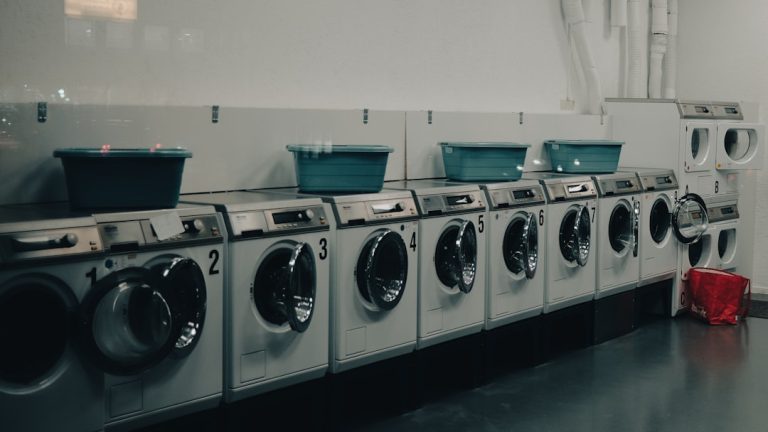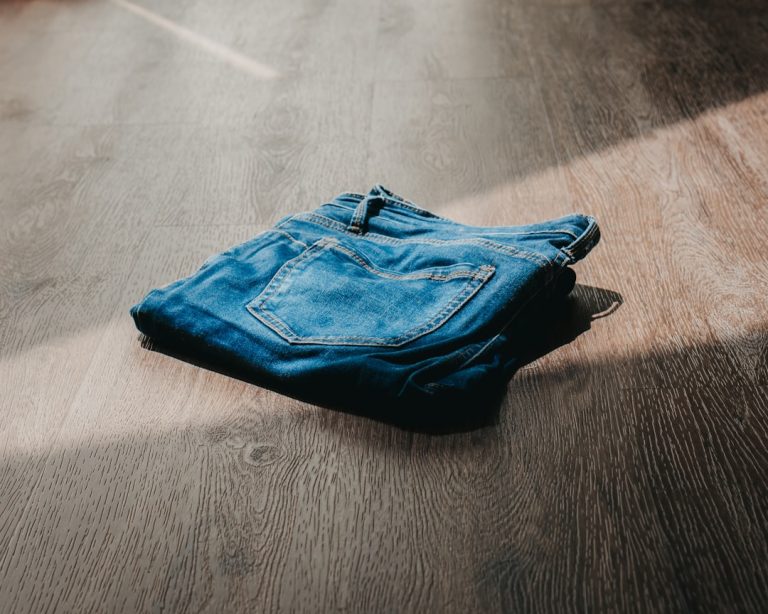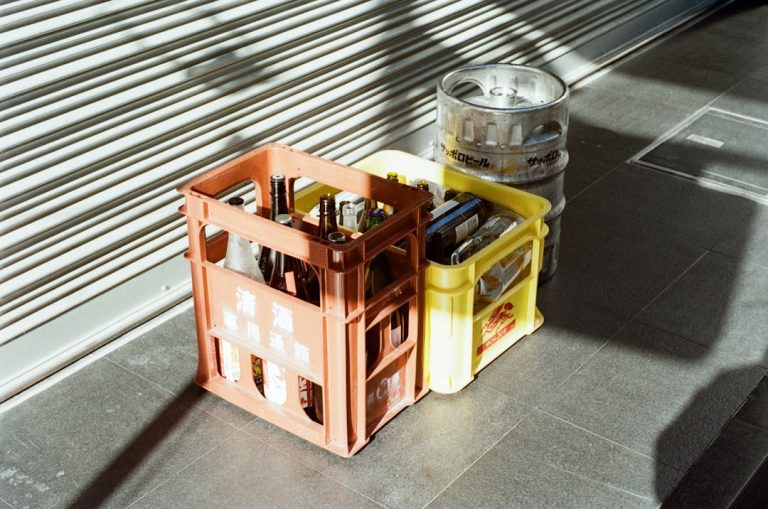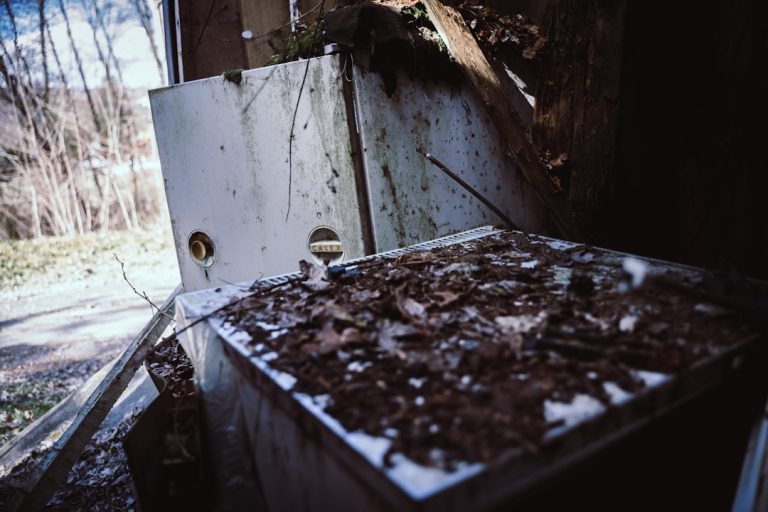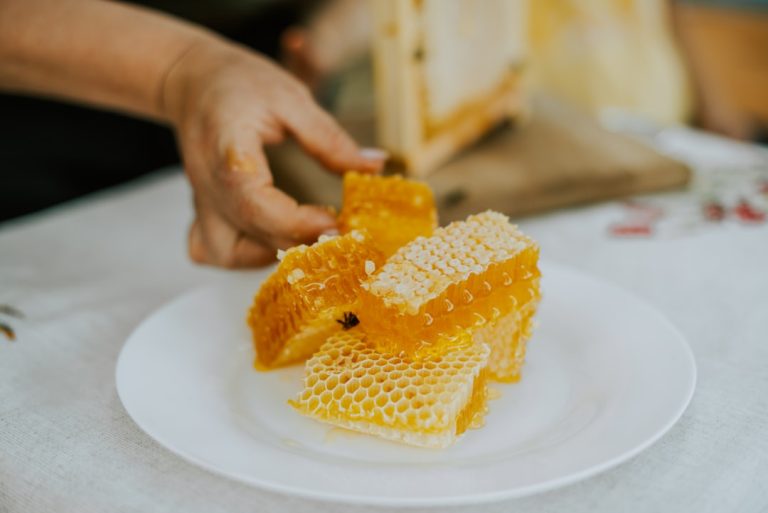My Review of Eco-friendly Art Supplies for Creative Minds.
My Review of Eco-friendly Art Supplies for Creative Minds
As a creative mind myself, the joy of bringing ideas to life on canvas or paper is unparalleled. But lately, a nagging question has lingered in the back of my artistic thoughts: What impact are my beloved supplies having on our planet? This very question kickstarted my journey into the world of eco-friendly art supplies. It wasn’t just about finding alternatives; it was about discovering materials that align with a deeper consciousness, allowing creativity to flourish without compromising our environment. This post is a culmination of my personal exploration, hands-on testing, and honest opinions on various sustainable art materials. I’ve delved deep to bring you a review of products that not only perform beautifully but also respect the planet, proving that art and environmental responsibility can indeed go hand-in-hand for every creative mind out there.
My Journey into Sustainable Art Materials: A Personal Calling
For years, my studio was a vibrant chaos of tubes, pots, and pencils, each promising new artistic possibilities. Yet, the environmental footprint of these traditional supplies began to weigh on me. The chemicals in paints, the deforestation for paper, the plastic waste from packaging – it all felt increasingly at odds with the beauty I was trying to create. This internal conflict spurred me to seek out alternatives. My goal wasn’t just to find “less bad” options, but truly sustainable art materials that celebrated both artistic expression and ecological stewardship. It became a personal mission to review eco-friendly art supplies, not just for myself, but for other creative minds who share this growing concern. I embarked on this journey with an open mind, ready to challenge my perceptions about what sustainable art could truly be, and how it might even enhance my creative process.
From Curiosity to Conscious Creation: Why I Made the Switch
The turning point came when I started researching the ingredients in some of my favorite paints. Learning about heavy metals, petroleum derivatives, and microplastics was a real eye-opener. It made me question the long-term health implications for myself, and the broader environmental consequences. I realized that my art, intended to bring beauty into the world, shouldn’t inadvertently contribute to its degradation. This personal awakening fueled my desire to experiment with non-toxic paints, recycled papers, and ethically sourced tools. It wasn’t an overnight switch, but a gradual, informed transition, driven by the belief that conscious choices in our creative practice can lead to more meaningful art and a healthier planet. This review reflects that journey, highlighting the products and practices that genuinely impressed me.
Unpacking the ‘Eco-Friendly’ Label: What I Looked For in My Review
The term “eco-friendly” can be a bit of a buzzword, so for this review, I established a clear set of criteria to evaluate each art supply. It wasn’t enough for a product to simply claim to be green; I wanted to see genuine commitment to sustainability. My investigation centered on several key aspects: ingredient transparency, sourcing practices, manufacturing processes, and end-of-life considerations. I looked for products made from natural, renewable, or recycled materials, free from harmful toxins, and produced with minimal environmental impact. This thorough approach ensured that my recommendations for eco-friendly art supplies are truly reliable for creative minds seeking responsible choices.
My Core Criteria for Sustainable Art Supplies
- Non-Toxic & Natural Ingredients: A top priority was avoiding heavy metals, petrochemicals, and synthetic dyes. I favored pigments derived from plants, minerals, or food waste, and binders from natural sources like gum arabic or plant oils. Safety for both the artist and the environment was paramount.
- Renewable & Recycled Materials: For paper, I sought out options made from post-consumer waste, cotton rag, or rapidly renewable resources like bamboo or hemp. For tools, I looked for sustainable woods, bamboo, or recycled plastics.
- Ethical Sourcing & Manufacturing: I researched brands that prioritize fair labor practices and minimize their carbon footprint during production. Transparency in their supply chain was a huge plus.
- Biodegradable & Low-Waste Packaging: Packaging is often overlooked, but it contributes significantly to waste. I gave preference to products with minimal, recyclable, compostable, or reusable packaging.
- Durability & Performance: Crucially, an eco-friendly product must still perform well. There’s no point in being sustainable if it doesn’t meet the demands of a creative mind. I rigorously tested for pigment intensity, lightfastness, texture, and overall usability.
Palette of Conscience: My Top Picks for Planet-Kind Paints and Pigments
The heart of many creative endeavors lies in color, and finding truly eco-friendly paints was a cornerstone of this review. I explored various mediums, from watercolors to acrylics, seeking out brands that deliver vibrant results without the environmental guilt. My experience has shown me that switching to sustainable paints doesn’t mean sacrificing quality; in many cases, it opens up new avenues for rich, earthy palettes and unique textures. These are the planet-kind paints and pigments that truly earned a permanent spot on my palette.
Watercolors That Make a Splash, Sustainably
For me, watercolors are a constant companion, and finding eco-friendly versions was a delight. I was particularly impressed by brands that use natural earth pigments and plant-based binders. My top discovery was a range of natural earth pigment watercolors. They offer a beautiful, subtle luminosity and a connection to the earth that synthetic colors simply can’t replicate. The pans are often refillable, reducing waste, and the colors mix beautifully. They aren’t as intensely vibrant as some synthetic options, but their organic feel lends itself perfectly to landscapes, botanical art, and illustrations that evoke a sense of nature. I found their performance to be excellent, with good lightfastness and blendability, making them a fantastic choice for conscious artists.

Acrylic Alternatives: Vibrant Hues Without the Plastic
Traditional acrylics are essentially plastic in a tube, which was a major concern for me. The search for a truly eco-friendly acrylic alternative led me to some innovative solutions. While a 100% plastic-free acrylic is challenging, I found brands that utilize plant-based binders and natural pigments, significantly reducing their plastic content and toxicity. These plant-based acrylic paints offer excellent coverage and drying times, very similar to conventional acrylics, making the transition seamless for creative minds. They often come in glass jars or recycled plastic tubes, further minimizing their impact. The color range is expanding, and I found their opacity and layering capabilities to be highly satisfactory for my mixed-media work.
Oils with a Conscience: Healthier for You and the Earth
Oil painting, with its rich history and luscious textures, has also seen a shift towards greener options. The main concern with traditional oils often lies in the solvents used for thinning and cleaning. I reviewed water-mixable oil paints that eliminate the need for harsh chemicals like turpentine, allowing for cleanup with just soap and water. Furthermore, some brands are now using sustainably sourced linseed oil and non-toxic pigments, making the entire process much safer and more environmentally sound. The vibrancy and handling of these eco-friendly oil paints were indistinguishable from their conventional counterparts, offering a truly planet-friendly path for oil artists.


